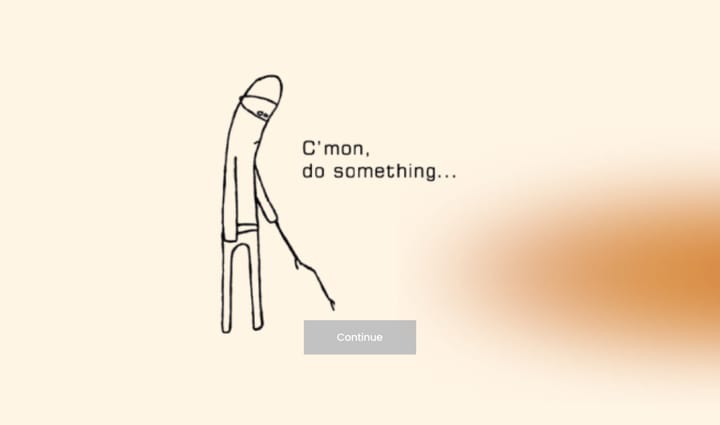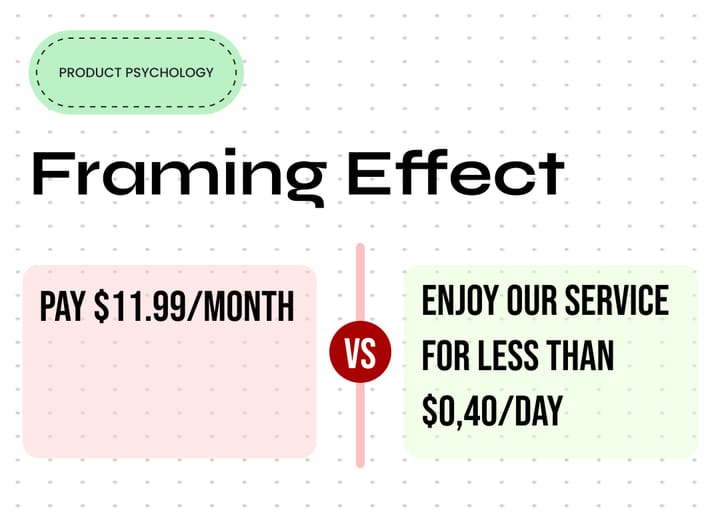How to write successful error messages
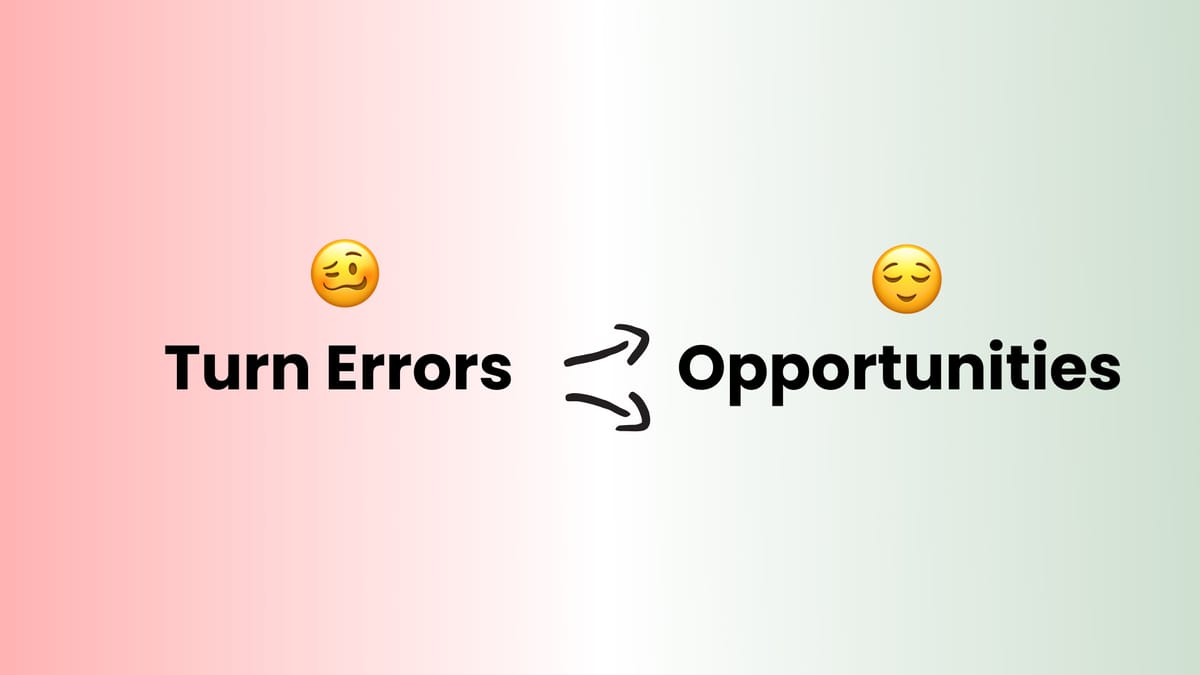
In any system, mistakes are bound to happen. These can be the user's fault or a problem with the system itself. A good user experience means users can easily fix these mistakes (N/N Heuristic: Error prevention).
Let’s see the best ways to handle errors messages
First we need to break down the parts of an error message so we can better understand how we can improve them. Error messages consists of 4 parts:
Right Placement
- Proximity to Error Source: Place the error message close to where the error occured, ensuring users can easily identify the problematic field or action.
Clear Text Message
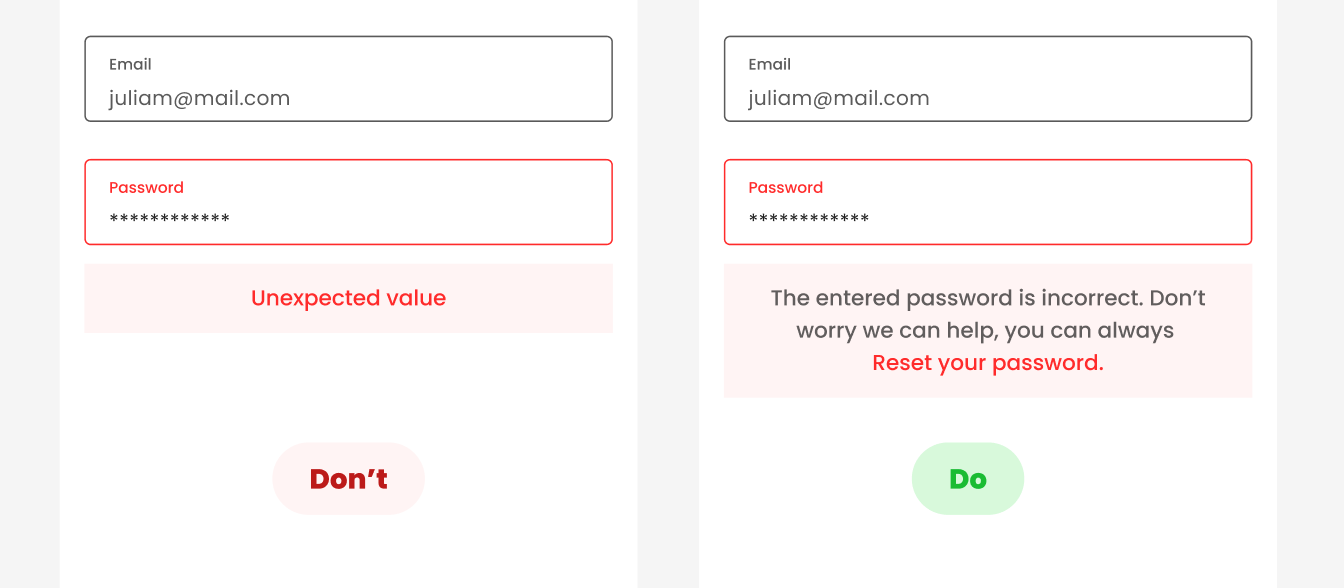
- Error Messages must be clear: Just explain what happened. The error message is your chance to have a small conversation with your user to help them recover from their errors.
- Use-Focused Language: Tailor language to the target audience, avoiding technical jargon and ensuring clarity for users of varying levels of expertise.
- Error Message should be specific to the situation: Usually, systems provide a generic error state such as ‘wrong value’ etc. You should instead help user understand what kind of action the system accepts to move forward.
Good Visual Design
- Clarity through Typography and Contrast: Use clear and legible fonts but also employ contrasting colors to ensure text stands out against the background providing an accessible experience
Feedback Mechanism
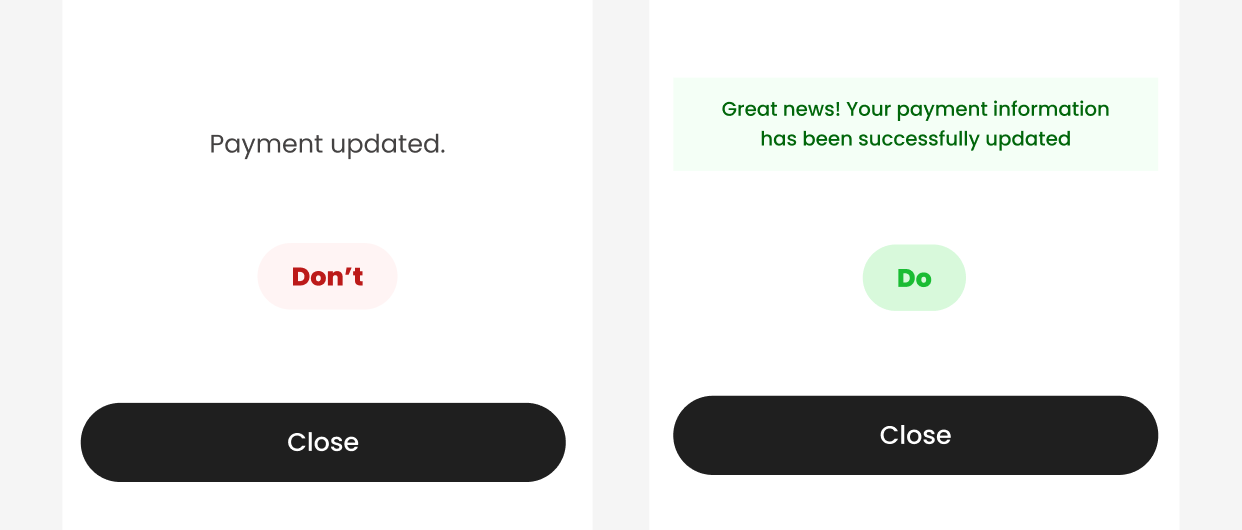
- Confirmation of Resolution: Provide feedback when the user successfully resolves the issue, confirming that their action was effective. "Success!" emphasizes the positive outcome, contributing to a more reassuring user experience.
Conclusion
Mastering the art of crafting clear and helpful error messages is crucial for a smooth user experience. By following these tips, you can guide users through challenges and create a positive connection with your software. Remember, error messages are more than just alerts – they're tools to help users, making your application more user-friendly and resilient. So, apply these principles to turn potential frustration into a positive interaction. Catch you in the next one 👋

